UHPR Activities
The Activities tab showcases a comprehensive list of activities that have been conducted, offering users the flexibility to sort them by region, country, year, and other relevant criteria.
The Activities tab showcases a comprehensive list of activities that have been conducted, offering users the flexibility to sort them by region, country, year, and other relevant criteria.

UHPR
The Universal Health and Preparedness Review (UHPR) is a voluntary, transparent, Member State-led peer review mechanism, that aims to establish a regular intergovernmental dialogue between Member States on their respective national capacities for health emergency preparedness. It is a game-changing platform to support collective actions at the national and global level that will make the world safer, based on the principles of equal treatment and mutual accountability.

UHPR
The Universal Health and Preparedness Review (UHPR) is a voluntary, transparent, Member State-led peer review mechanism, that aims to establish a regular intergovernmental dialogue between Member States on their respective national capacities for health emergency preparedness. It is a game-changing platform to support collective actions at the national and global level that will make the world safer, based on the principles of equal treatment and mutual accountability.

Lorem ipsum dolor sit amet, consectetur adipiscing elit, sed do eiusmod tempor incididunt ut labore et dolore magna aliqua. Ut enim ad minim veniam, quis nostrud exercitation ullamco laboris nisi ut aliquip ex ea commodo consequat.

Lorem ipsum dolor sit amet, consectetur adipiscing elit, sed do eiusmod tempor incididunt ut labore et dolore magna aliqua. Ut enim ad minim veniam, quis nostrud exercitation ullamco laboris nisi ut aliquip ex ea commodo consequat.

Lorem ipsum dolor sit amet, consectetur adipiscing elit, sed do eiusmod tempor incididunt ut labore et dolore magna aliqua. Ut enim ad minim veniam, quis nostrud exercitation ullamco laboris nisi ut aliquip ex ea commodo consequat.

TESTTT sit amet, consectetur adipiscing elit, sed do eiusmod tempor incididunt ut labore et dolore magna aliqua. Ut enim ad minim veniam, quis nostrud exercitation ullamco laboris nisi ut aliquip ex ea commodo consequat.

Lorem ipsum dolor sit amet, consectetur adipiscing elit, sed do eiusmod tempor incididunt ut labore et dolore magna aliqua. Ut enim ad minim veniam, quis nostrud exercitation ullamco laboris nisi ut aliquip ex ea commodo consequat.

CMAP
Lorem ipsum dolor sit amet, consectetur adipiscing elit, sed do eiusmod tempor incididunt ut labore et dolore magna aliqua. Ut enim ad minim veniam, quis nostrud exercitation ullamco laboris nisi ut aliquip ex ea commodo consequat.

CMAP
Lorem ipsum dolor sit amet, consectetur adipiscing elit, sed do eiusmod tempor incididunt ut labore et dolore magna aliqua. Ut enim ad minim veniam, quis nostrud exercitation ullamco laboris nisi ut aliquip ex ea commodo consequat.

NCF Framework
Lorem ipsum dolor sit amet, consectetur adipiscing elit, sed do eiusmod tempor incididunt ut labore et dolore magna aliqua. Ut enim ad minim veniam, quis nostrud exercitation ullamco laboris nisi ut aliquip ex ea commodo consequat.

CIVIL-MILITARY
Lorem ipsum dolor sit amet, consectetur adipiscing elit, sed do eiusmod tempor incididunt ut labore et dolore magna aliqua. Ut enim ad minim veniam, quis nostrud exercitation ullamco laboris nisi ut aliquip ex ea commodo consequat.

REPREP
Zoonotic diseases are transmitted between animals and people and impact health, livelihood, and national and global health security. Effectively responding to zoonotic disease outbreaks requires structured coordination between ministries and agencies in charge of human health, animal health, and the environment. However, during an emergency, there is usually limited time to organize the response and each sector tends to work independently. Using returns of experience from multiple outbreak responses, WHO, in collaboration with FAO and WOAH developed the Response Preparedness programme (REPREP) to support countries in developing a multisectoral outbreak response framework. An operational joint outbreak response plan facilitates a collaborative, joint approach to zoonotic disease outbreaks with a clear distribution of roles and responsibilities.
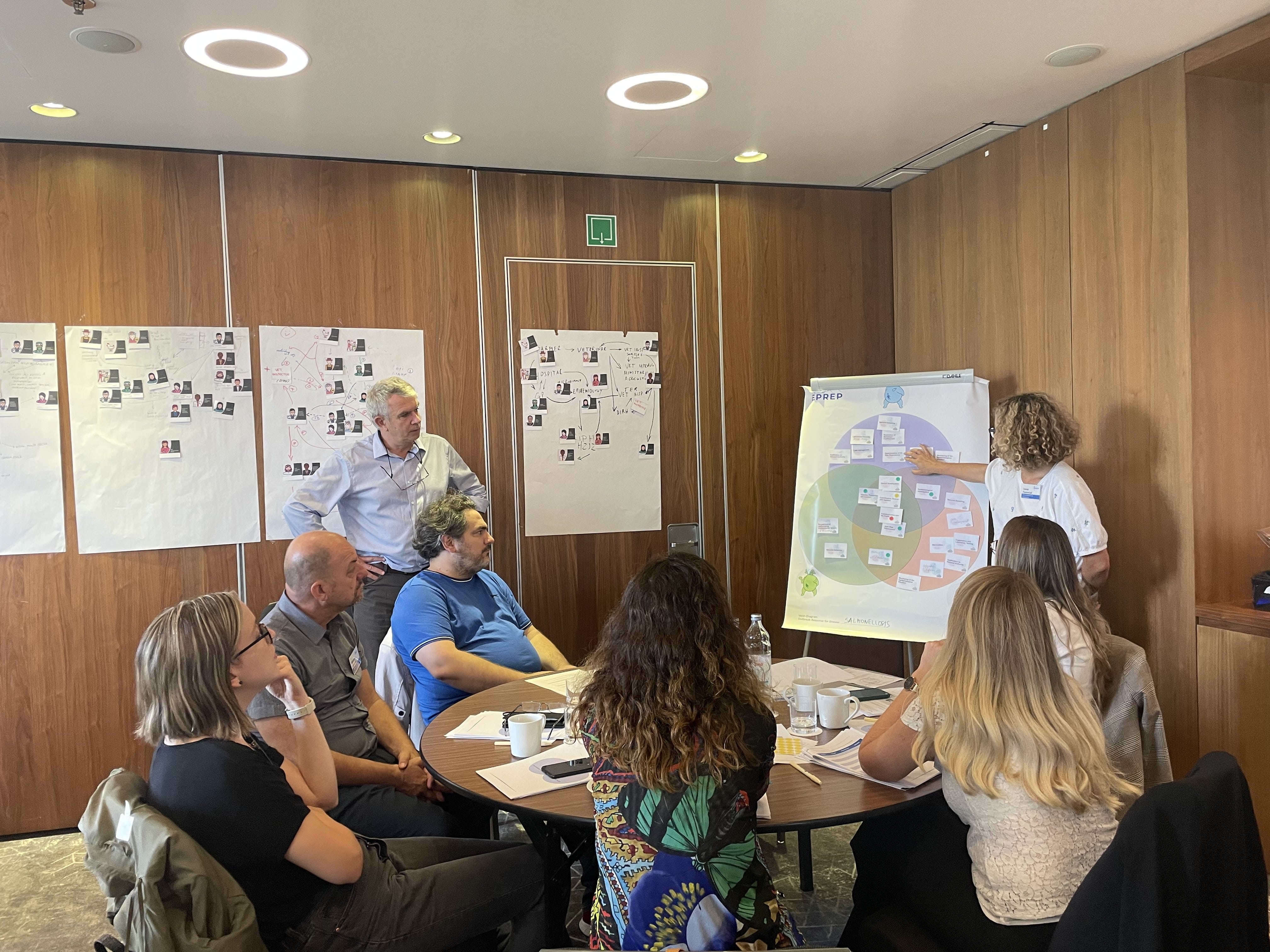
M&E-OT
Implementing a multisectoral, One Health approach for monitoring and evaluation (M&E) generates evidence for countries to ensure and enhance the implementation of best practices and principles to address health threats at the human-animal-environment interface. Collaborative and coordinated M&E processes are essential for systematic collection, analysis and use of information and data across sectors. This approach enables a comprehensive assessment of multisectoral activities to inform key One Health decision-makers, ensuring that strategies, plans, and programs are in place and continue to improve.
The TZG’s Monitoring and Evaluation Operational Tool (M&E OT) supports countries in their efforts to establish and strengthen multisectoral, One Health M&E practices for zoonotic disease-related activities and programs. The tool provides a stepwise approach to customize a national M&E framework, develop indicators, and utilize resources to assist the implementation of country-specific coordinated M&E processes.
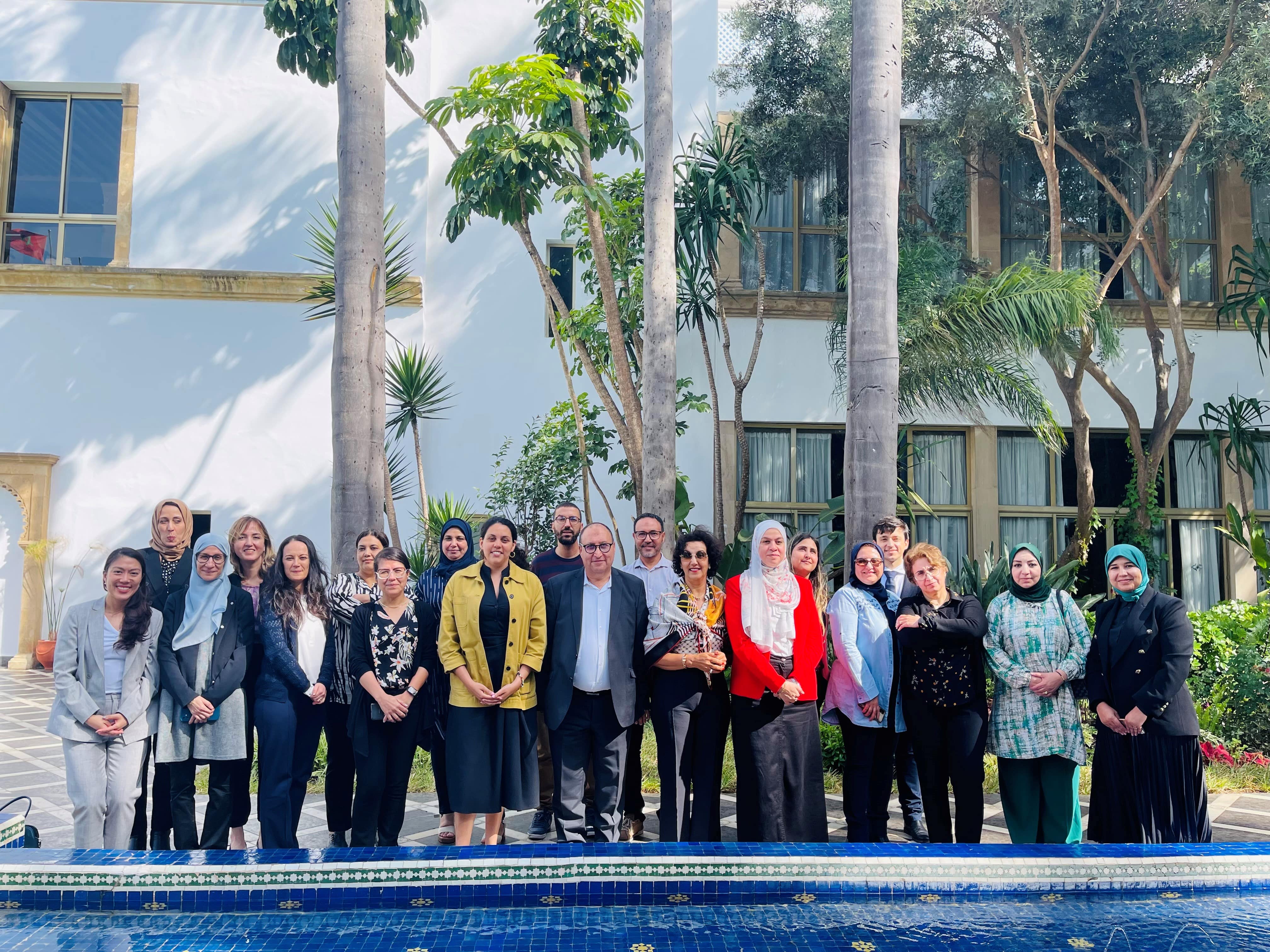
WFD-OT
The TZG’s Workforce Development Operational Tool (WFD OT) support authorities to review existing forces, plan for and mobilize a multisectoral, One Health workforce able to appropriately cover the critical functions for effective zoonotic disease preparedness and response. The tool provides a stepwise approach exploring these functions, the associated competencies required and their distributions in existing workforce, and also links users to existing training options and tools to strengthen their workforce according to their needs.
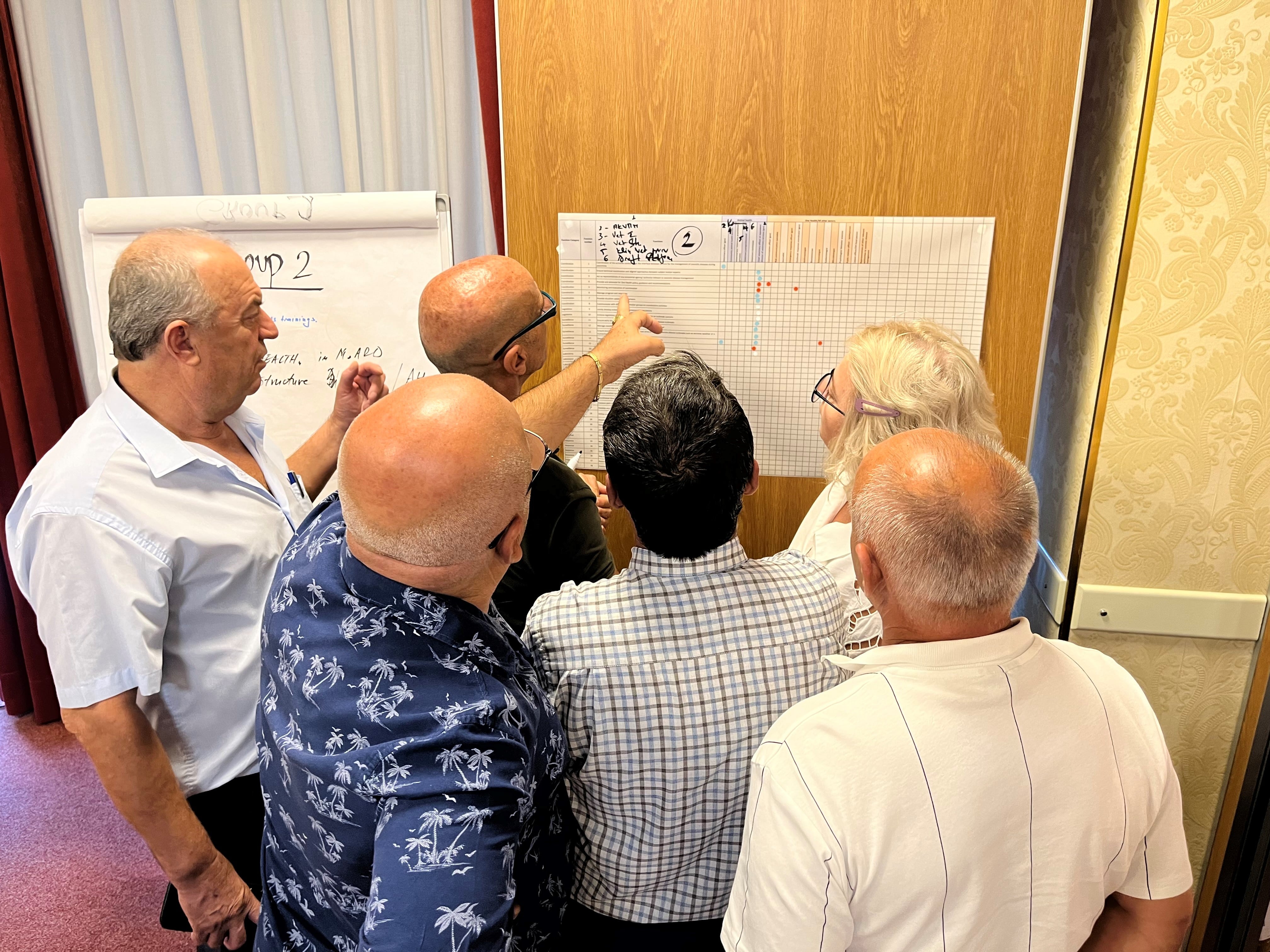
SIS OT
The TZG’s Surveillance and Information Sharing Operational Tool (SIS OT) supports authorities to establish or strengthen coordination and connection between surveillance systems and timely, routine data or information sharing between sectors. This coordination is essential for early detection of disease events and integrated zoonotic disease management. SIS-OT proposes a step-by-step guidance enabling the assessment of the surveillance and information sharing capacity already in place and linking users to existing tools and resources to further develop or improve that capacity.
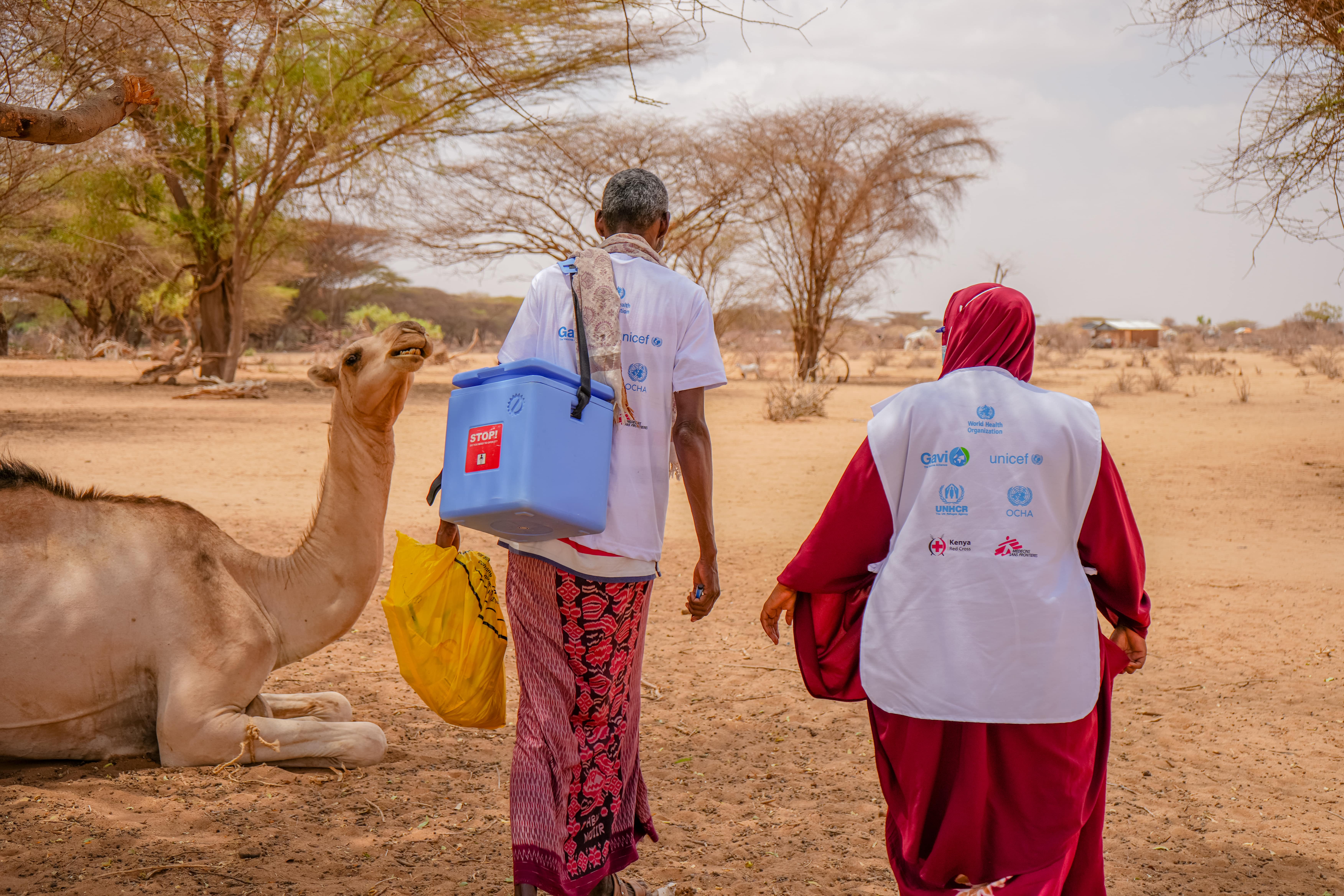
MCM-OT
The TZG’s Multisectoral Coordination Mechanism Operational Tool (MCM OT) support authorities to establish or strengthen their operational One Health platform for coordinating the management of zoonotic diseases and other threats at the human-animal-environment interface. Through a step-by-step guidance, the tool guide users through different components enabling the building of the coordination mechanism. The Operational Tool provides the material to support its use by authorities responsible for management of zoonotic diseases, with references to the principles and best practices described in the Tripartite Zoonosis Guide.
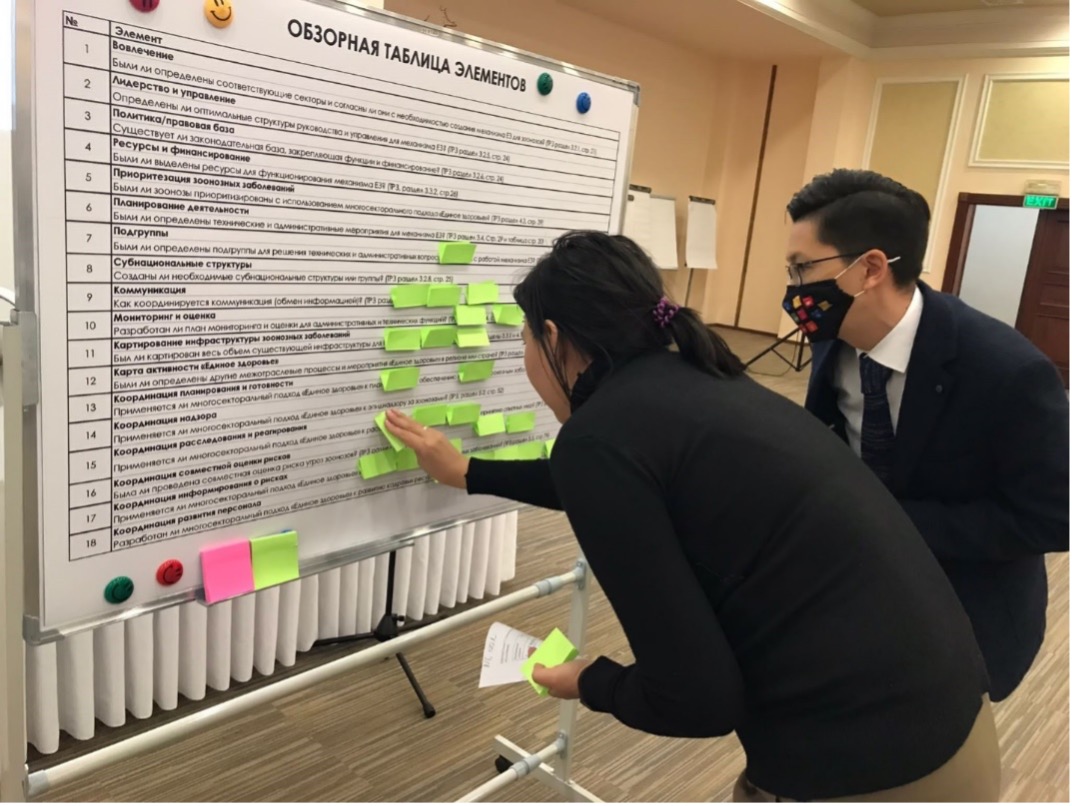
IAR
An Intra Action Review is a qualitative review of actions that are taken to respond to an emergency or a public health event as a means of identifying best practices and areas for improvement to be better prepared for the future. It helps to assess the functionality of national capacities for preparedness and response to health emergencies.
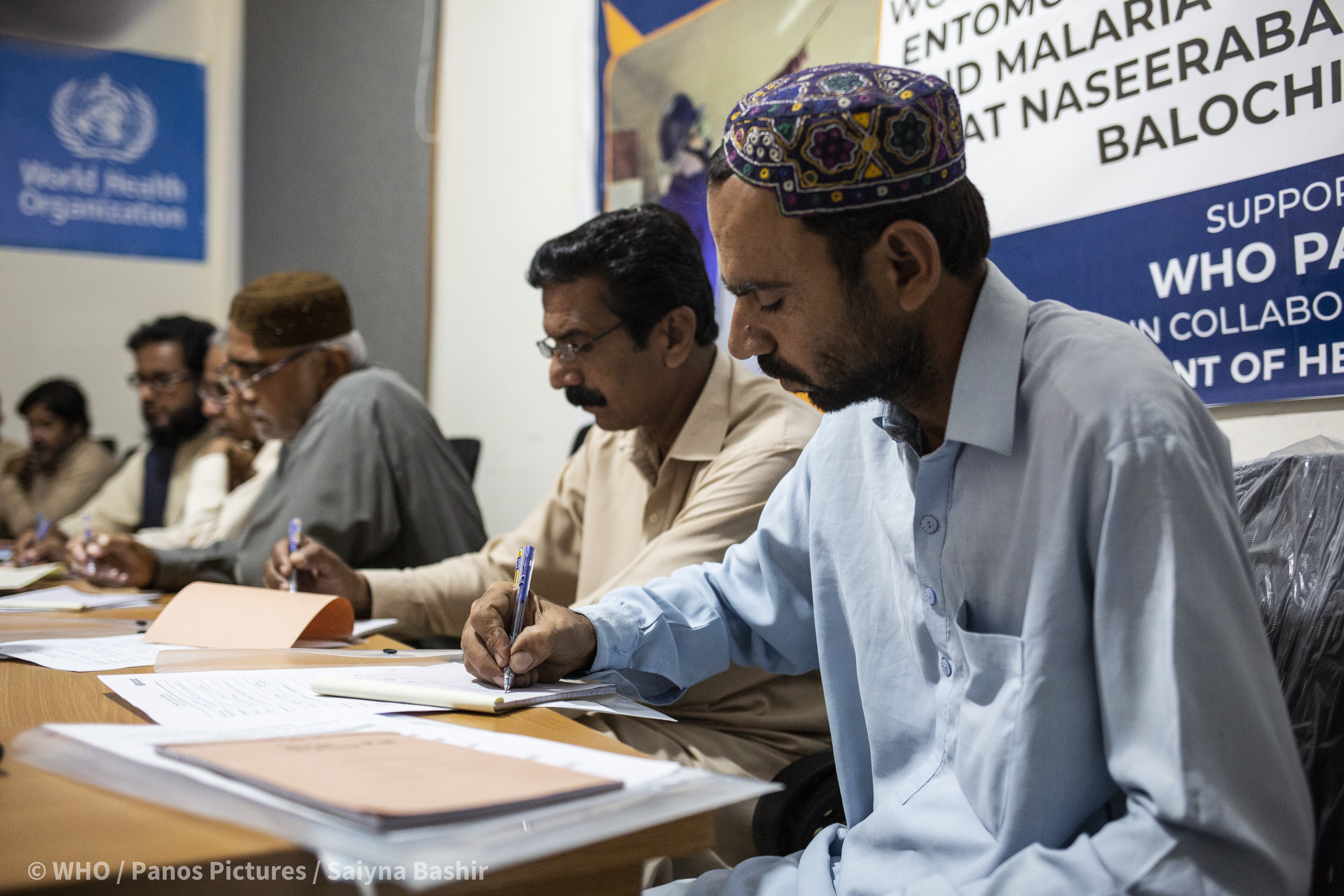
IHR Weekly Update
Published weekly for partner coodination. The update covers acitivities undertaken by WHO member States as part of implementation of the International Health Regulations (2005). Further information on each activity can be found by clicking the links in each box.

GLLP
To help ensure that laboratories can effectively play a critical role in the prevention, detection, and control of diseases, current and emerging laboratory leaders worldwide need specialized training in leadership and management.
Leading organizations partnered to develop the Global Laboratory Leadership Programme (GLLP) targeting human and animal health laboratories, as well as laboratories with public health impact (environmental, agricultural, food, or chemical laboratories).

NAPHS
National Action Plan for Health Security (NAPHS) is a country owned, multi-year, planning process that can accelerate the implementation of IHR core capacities, and is based on a One Health for all-hazards, whole-of-government approach. It captures national priorities for health security, brings sectors together, identifies partners and allocates resources for health security capacity development.
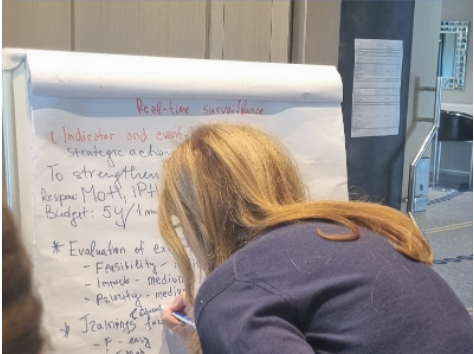
SPAR
Under the International Health Regulations(IHR) 2005 all States Parties are required to have or develop and maintain minimum core public health capacities to implement the IHR (2005), and report the status of implementation annually, as stipulated in Article 54 of the Regulations.
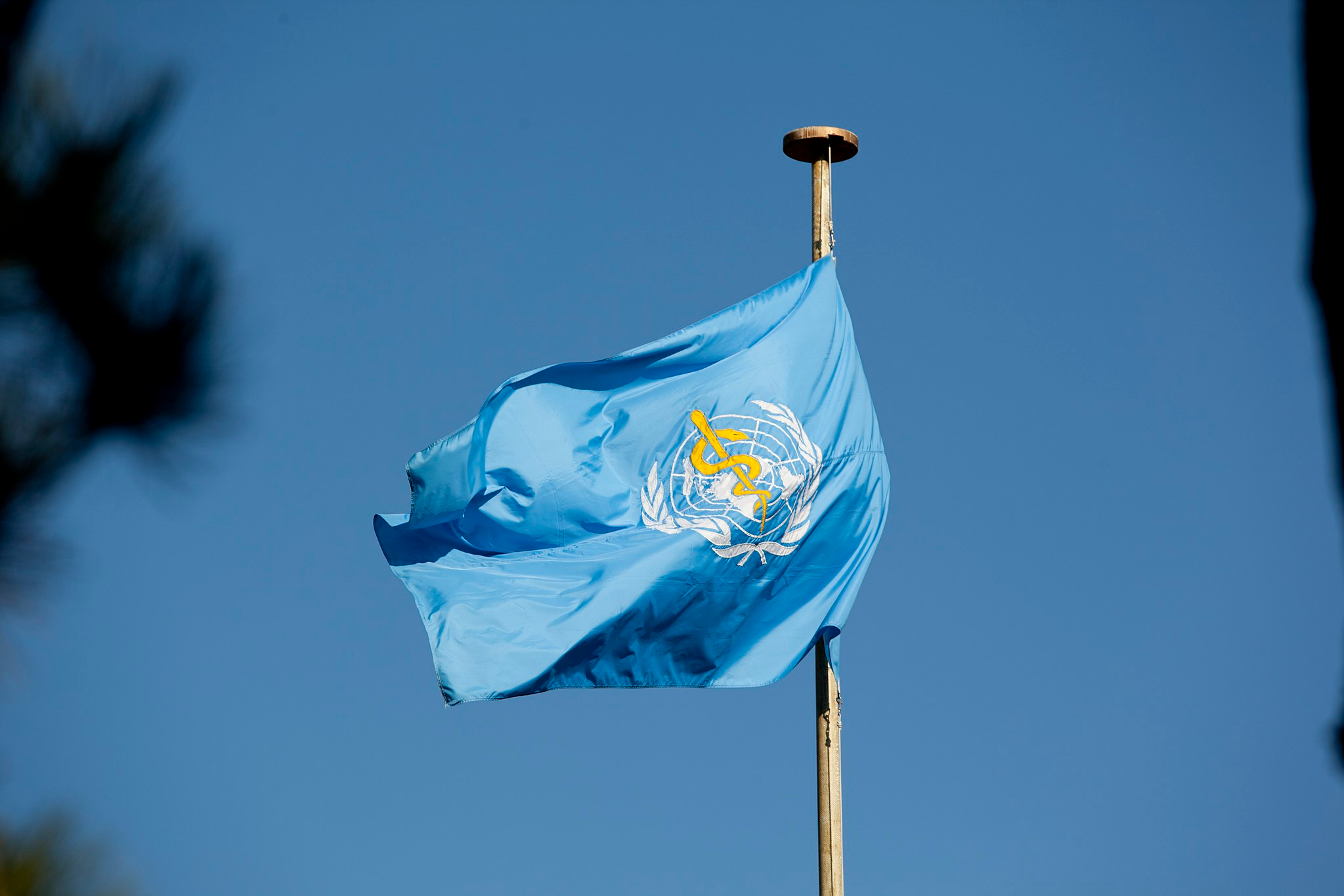
WOAH

JEE
A Joint External Evaluation (JEE) is a voluntary, collaborative, multisectoral process to assess country capacities to prevent, detect and rapidly respond to public health risks whether occurring naturally or due to deliberate or accidental events. On this platform you can find all information related to JEE, including upcoming missions and published reports.
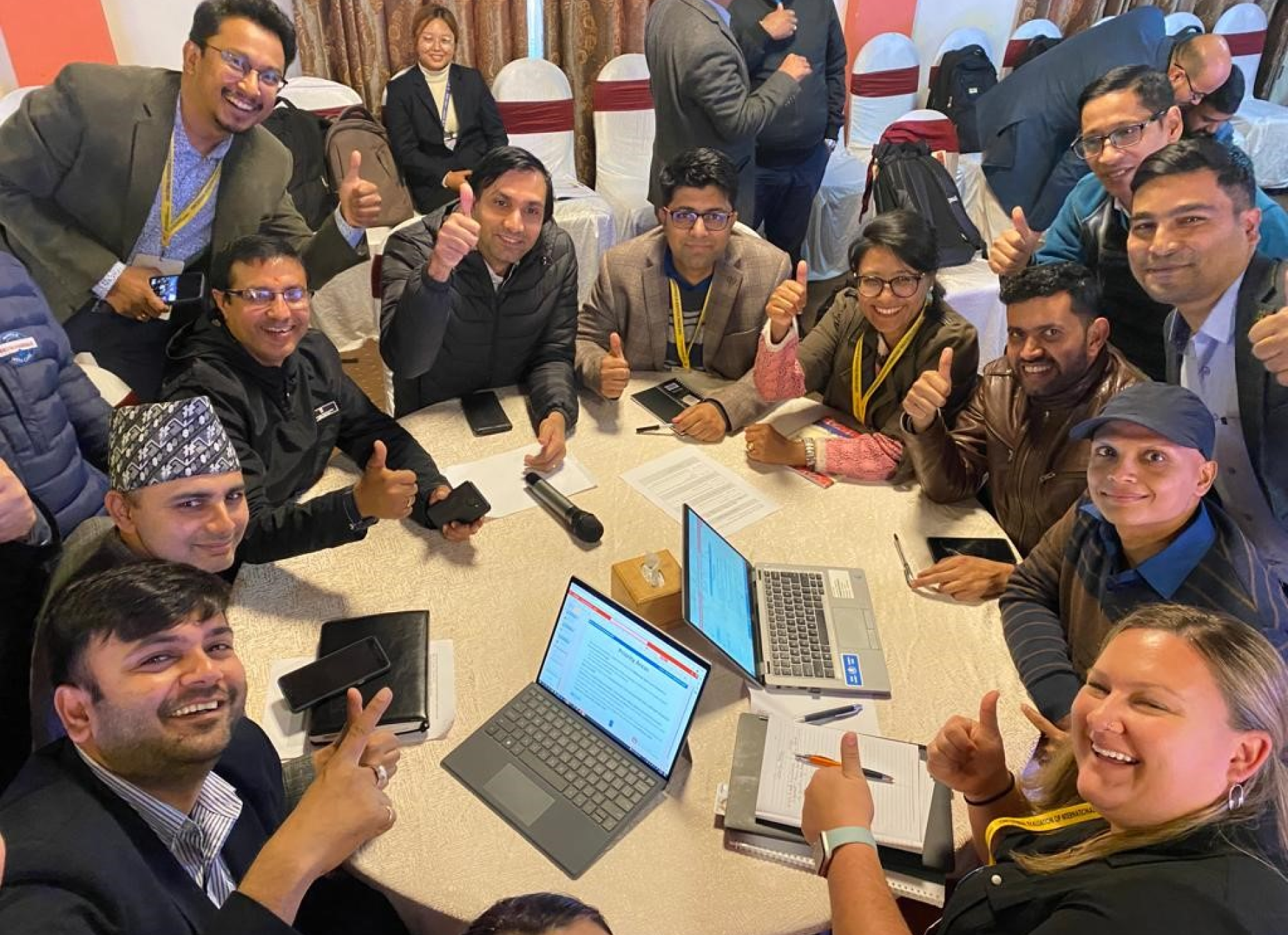
JRA
The Tripartite Zoonoses Guide (TZG)’s Joint Risk Assessment Operational Tool (JRA OT) provides guidance to organise an effective discussion enabling sharing of perspectives and consensual assessment of a given risk arising at the human-animal-environment interface. It describes step-by-step each component of the facilitating process and provides material to support implementation by authorities responsible for the management of zoonotic diseases.
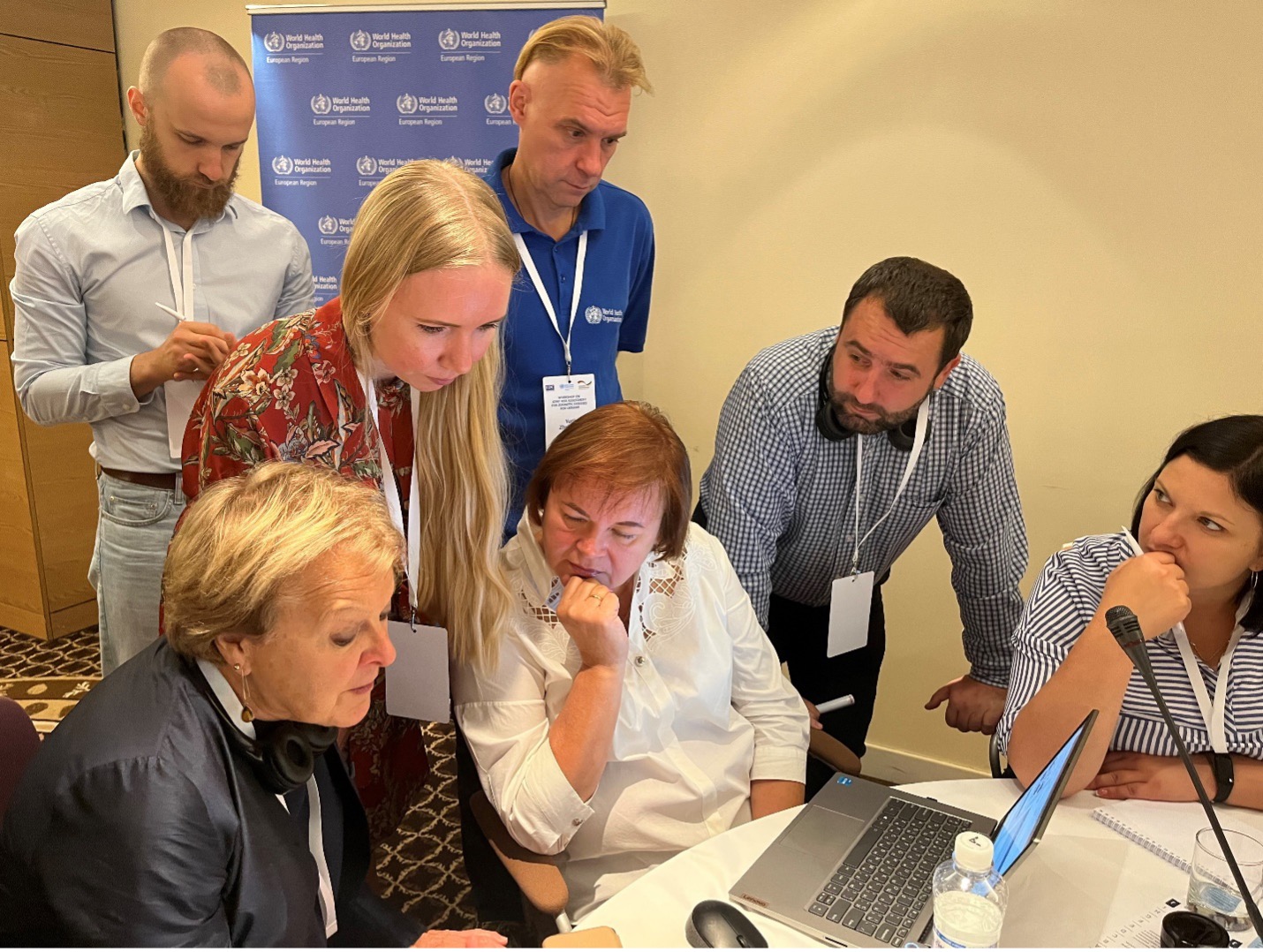
NBW
National Bridging Workshops (abbreviated NBW) are three-day events facilitated by WHO, WOAH, and FAO bringing together 50 to 100 participants from public health, animal health and environment services. The objective is to analyse and improve the collaboration between the three sectors in the prevention, detection and response to zoonotic diseases and other health events at the animal-human-environment interface (food safety, food security, antimicrobial resistance).
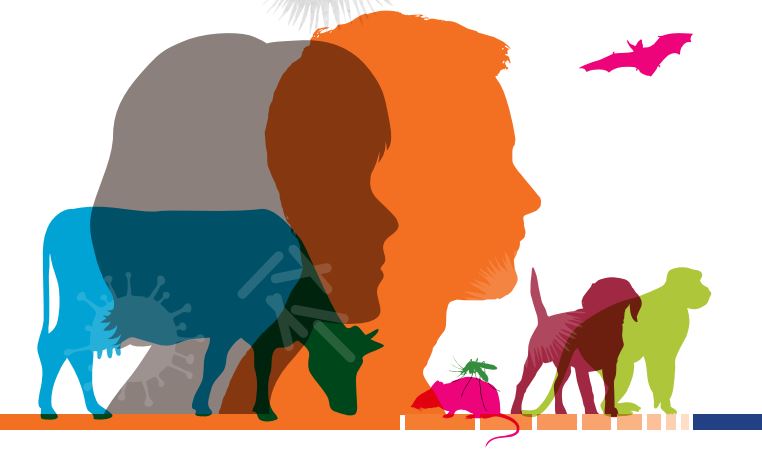
AAR
An After Action Review is a qualitative review of actions that are taken to respond to an emergency or a public health event as a means of identifying best practices and areas for improvement to be better prepared for the future. It helps to assess the functionality of national capacities for preparedness and response to health emergencies.
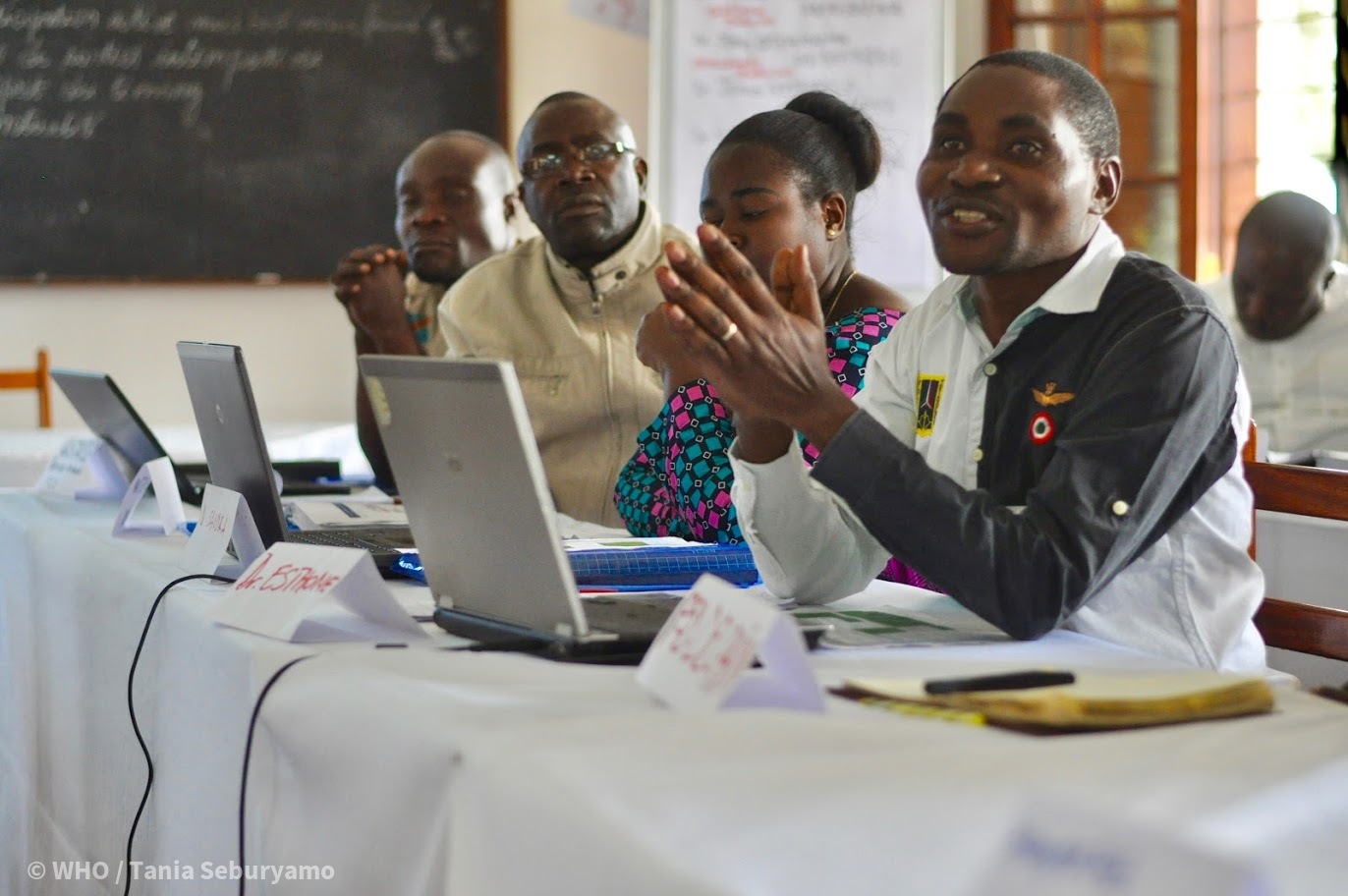
SimEx
A simulation exercise (SimEx) can help develop, assess and test functional capabilities of emergency systems, procedures and mechanisms to be able to respond to outbreaks or public health emergencies.
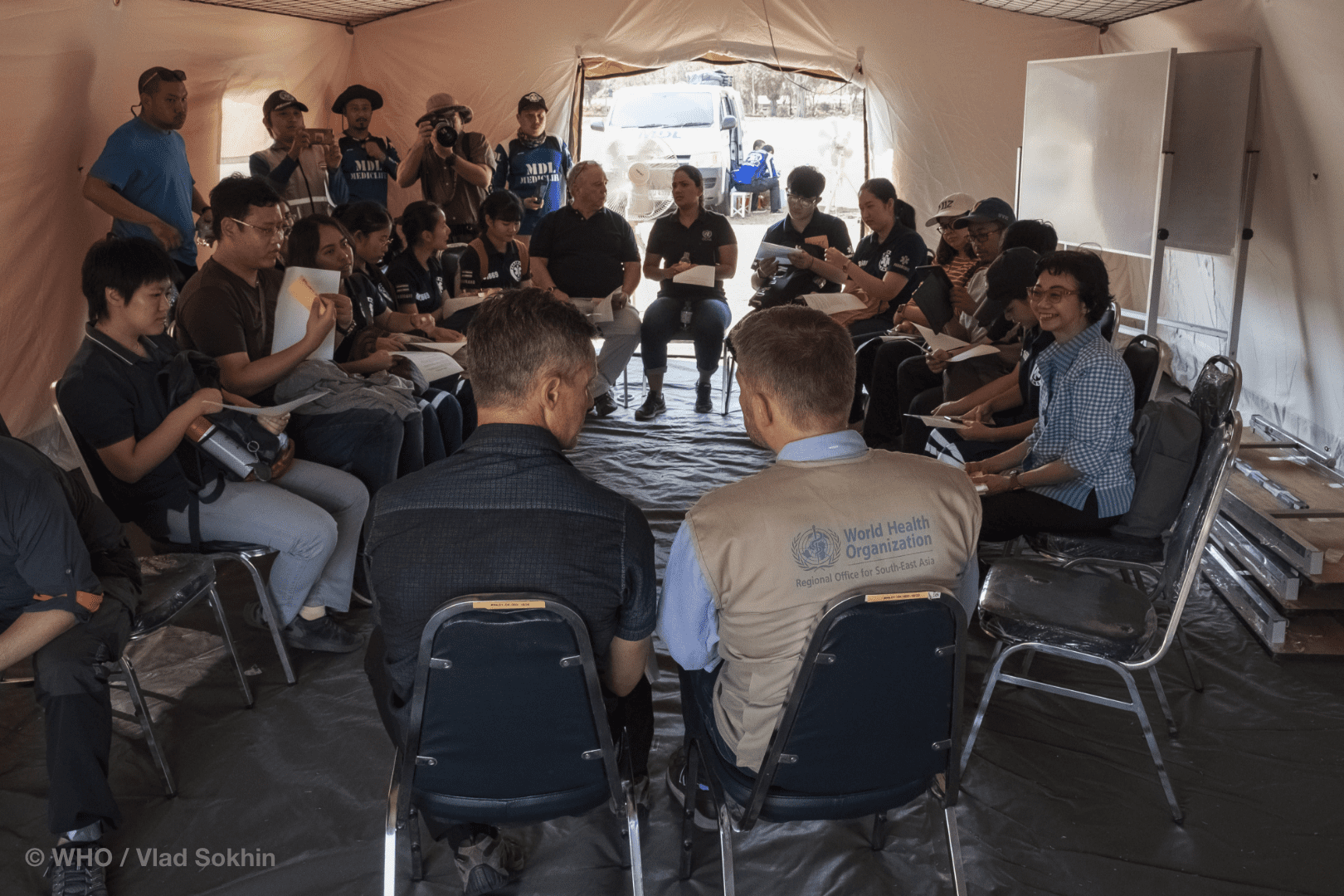
JEE missions are hosted by the country and is comprised of external and independent experts that provide the country with all the necessary information for undergoing a voluntary Joint External Evaluation (JEE) for the implementation of International Health Regulations (IHR) (2005) capacities.
Learn MoreJEE is a collaborative and multisectoral process that is undertaken by the countries on a voluntary basis every 4 to 5 years.
Learn MoreThe countries request a JEE in advance so that the evaluation process and management can be planned.
Learn MoreJEE is a collaborative and multisectoral process that is undertaken by the countries on a voluntary basis every 4 to 5 years.
Learn More